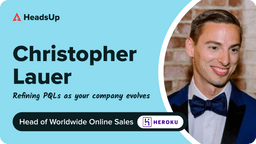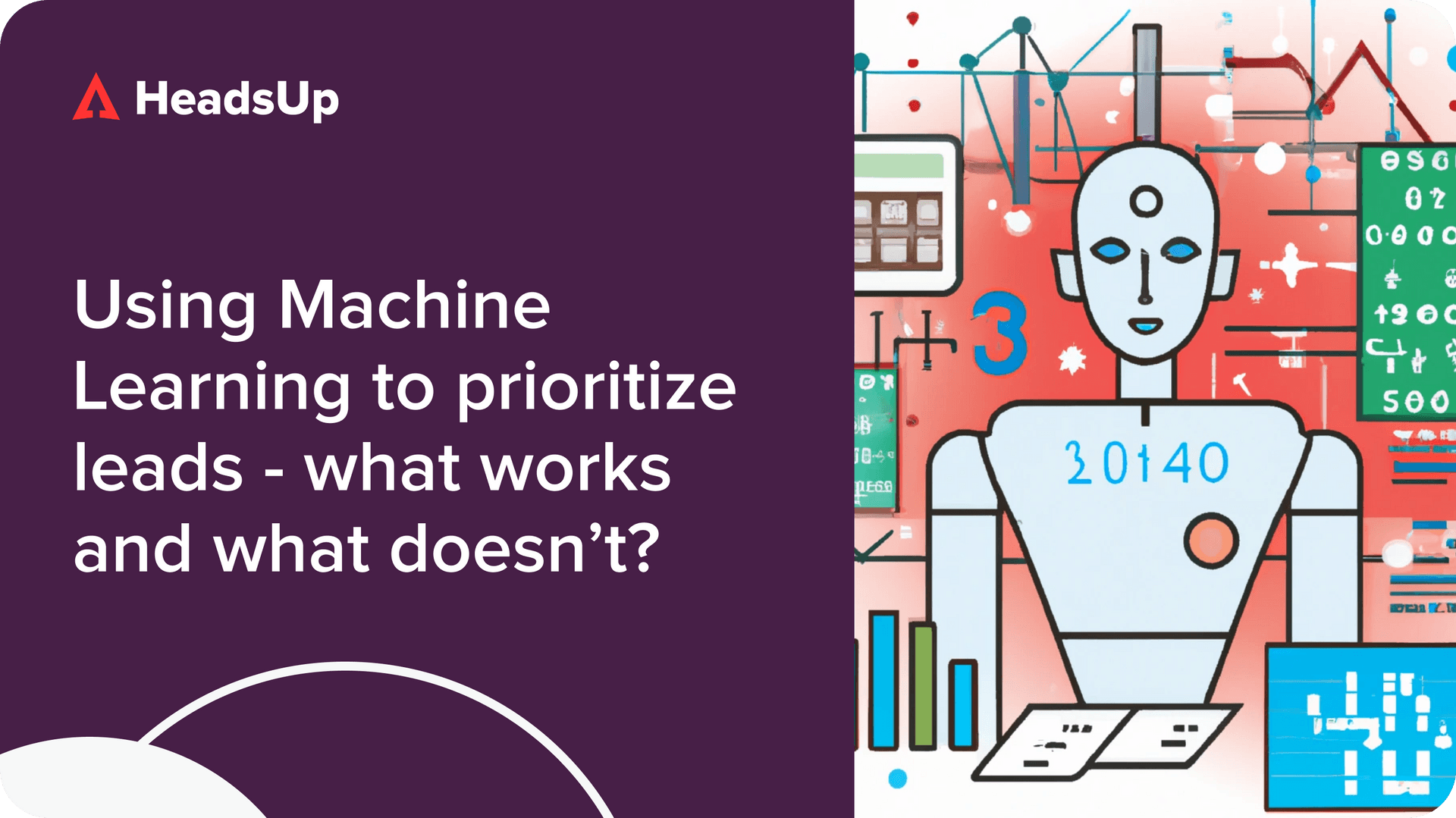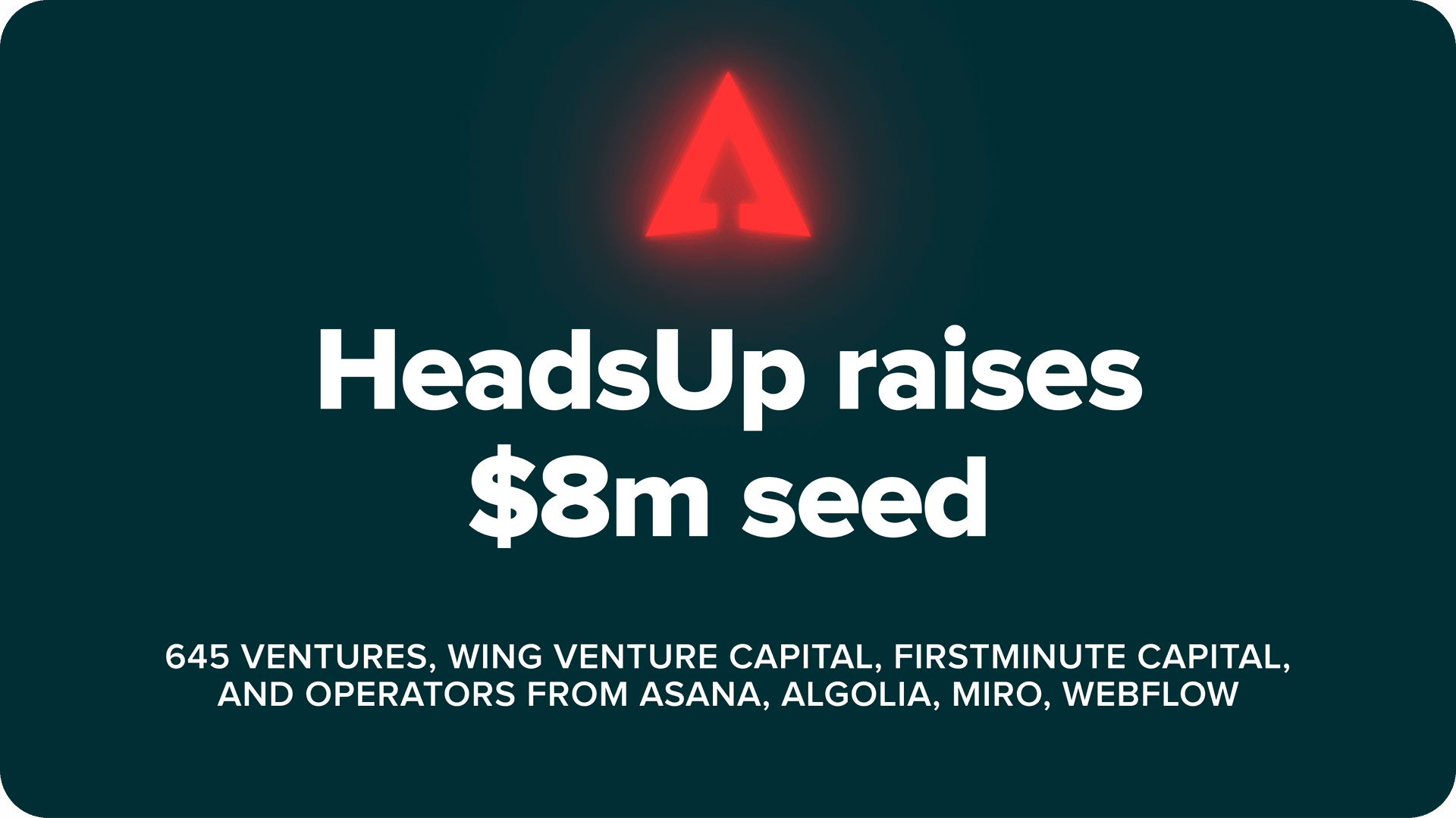If you’re building a product-led growth motion for your SaaS company, you may have invested significant resources into determining the right usage signals to use to identify Product Qualified Leads (PQLs) — users or accounts who show high potential to upgrade.
But your task doesn’t end there.
Over the past eight years, Heroku, a PLG pioneer like Dropbox and Atlassian, has continually iterated and perfected their product-led strategy, long before PLG was even a buzzword.
The company developed its sales engine by identifying usage behaviors that were indicative of upgrade intent, which it calls “High Value Actions” (HVAs).
But the PaaS company, which provides services and tools to build, run and scale web and mobile apps, has had to adapt the approach to reflect its ever-evolving user base.
Companies new to PLG can learn from Heroku’s experiences and the best practices it has established over time. We recently spoke to Chris Lauer, Heroku’s Head of Worldwide Online Sales, about the evolution of the company’s PQL engine over time, and he shared some advice from Heroku’s journey.
How to identify HVAs from your early customers
When Heroku was in the hands of its early users, the sales team took a highly consultative approach and reached out to customers individually to offer best practices. For example, Chris and his early sales counterparts would make specific server recommendations to help users achieve more scalability.
“For us, it was really just trying to understand how customers were using us. The idea was if we can set them up for success early, then they’re not going to attrit, they’re going to scale with us and they’re going to stay. They’ll have a longer lifetime value.”
Chris Lauer, Head of Worldwide Online Sales, Heroku
That early intel was the foundation for how Heroku started identifying HVAs or PQLs.
Developing feedback loops that combine anecdotal evidence with data analysis
But how do you identify the right high value actions that will convert to actual sales?
Chris and his team asked these questions early in their HVA initiative:
- How do we leverage data from current user behaviors to grow our paid-customer base?
- How do we retain customers that we worked so hard to get?
- How do we upsell those that are ready for our premium products?
For Heroku, the process is primarily data-driven. While Chris initially worked with an in-house software called Data Clips to access valuable usage data, Heroku since transitioned to using external products to generate user insight and inform sales strategies. Tableau, a recent addition to Chris’s tech stack, enables him to better understand the volume and scale of usage from customers.
Chris relies on numerous feedback loops to ensure that he is drawing the right conclusions from the data. While business ops provides valuable analysis, he also turns to his sales team for a different perspective.
Since salespeople speak regularly to customers, they often have information that isn’t picked up through data mining. Heroku’s sales team will identify unique behaviors exhibited by interesting customers.
Chris then filters the observations back to business ops which can run scripts to identify whether or not the behavior is happening on a larger scale. If so, Chris earmarks the behavior as a potential new HVA to explore.
By combining anecdotal evidence with data-driven insight, companies can look for patterns and identify HVAs that signal a user is ready to convert to upgrade their plan.
Just as Heroku’s methods and targeted sales strategies have shifted over time, Chris cautions companies against casting HVAs in stone. He understands that as companies scale, their product-led strategy will need to shift, too.
Using HVAs to customize sales and marketing
Successful PLG is about understanding the customer journey and the steps your customer takes along the way.
Heroku identifies HVAs by sorting customer actions into two buckets:
- Spending behaviors which can include behaviors like adding a production database or incorporating something new in the tech stack like a diagnostic monitoring tool.
- Non-paid identifiers like adding team members as collaborators on the platform or receiving a certain number of requests per second through their apps.
Through the process, Chris’s team identifies 20 to 30 potential HVAs that can then be distilled to a handful of key signals.
These signals are not only used to identify when a salesperson should engage with a customer, but also instances when meaningful content can push customers from a freemium to a paid account.
“It’s really about thinking through the customer journey and trying to understand the right kind of content to put in front of them,” says Chris. Since most Heroku users are software developers he knows that their customers “don’t want the slide decks and marketing fluff. They want really good content that can help them solve problems.”
Chris is a strong believer that quality content is a crucial piece of the puzzle.
For Heroku, one essential metric on the customer journey is how quickly a user deploys their first app. When a user is able to successfully and easily deploy their app, they’re more likely to adopt third party add-ons and invest in paid tier services
Armed with that understanding, Chris and his team leverage strategies that help developers reduce deployment times.
What time frame to measure your PLG initiatives against
There are so many different levers that can be pulled to support a customer on their journey, but knowing the right ones to pull (and when) can be challenging.
Chris believes companies need to harness two things: experimentation and patience.
We get caught in this world of instant gratification where we want the $1 million deal. You see your competitor growing faster than you, and there’s this desire to make changes, to keep up with the Joneses,” says Chris. “But the reality is, with product-led, you have to be patient because you’re building a community, and you’re building the product first.
Chris Lauer, Head of Worldwide Online Sales, Heroku
In an ideal trajectory, your early adopters fall in love with the product. Ultimately, loyal users become brand ambassadors.
“The growth rate will happen,” says Chris but he warns that leadership and investors must understand the value of the slow-play strategy to protect the PLS process.
You also need at least a quarter, but ideally 6-12 month’s worth of data before you have enough information to inform strategic sales decisions, says Chris.
This doesn’t mean that research and development will happen at a snail’s pace. On the contrary, companies can test multiple strategies simultaneously by segmenting their user population and tracking user responses.
With a data-driven and even-keeled approach, companies can develop clear and accurate PQLs, allowing sales teams to efficiently convert freemium users to premium product plans.


